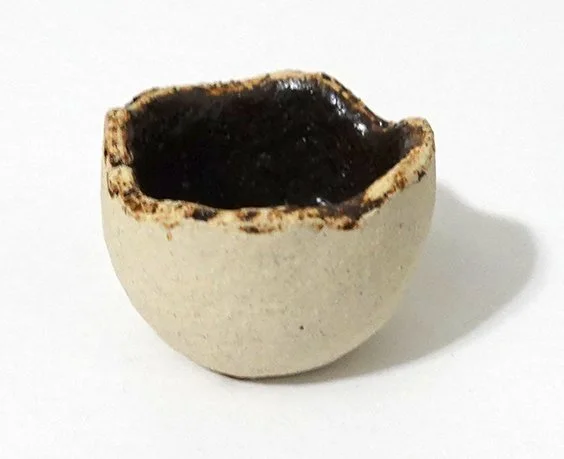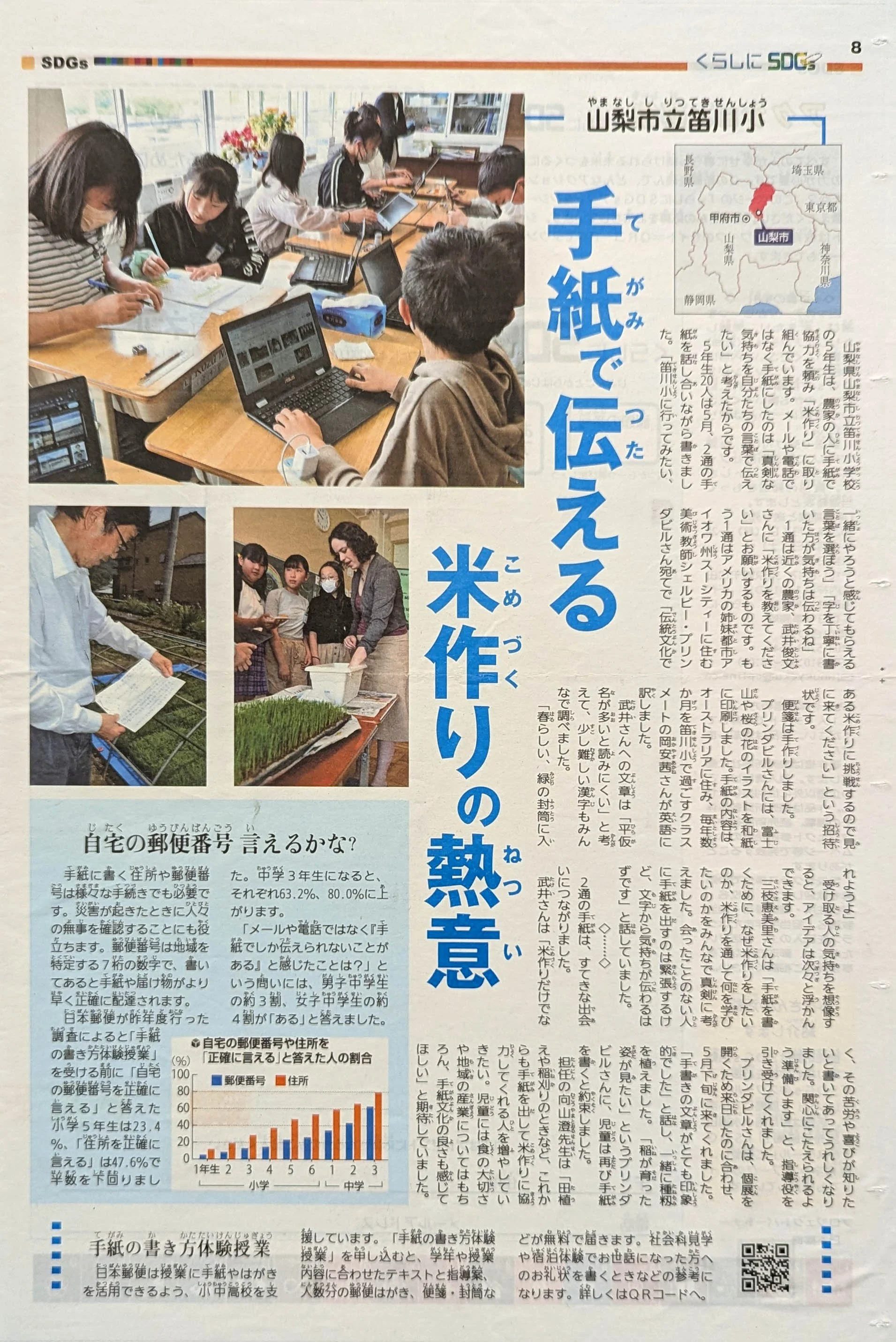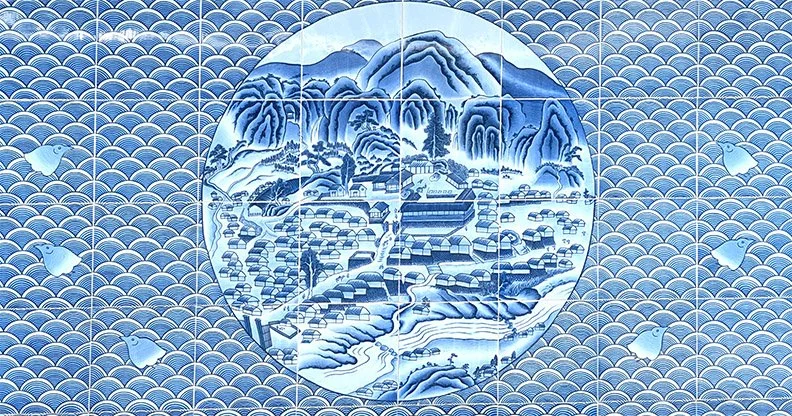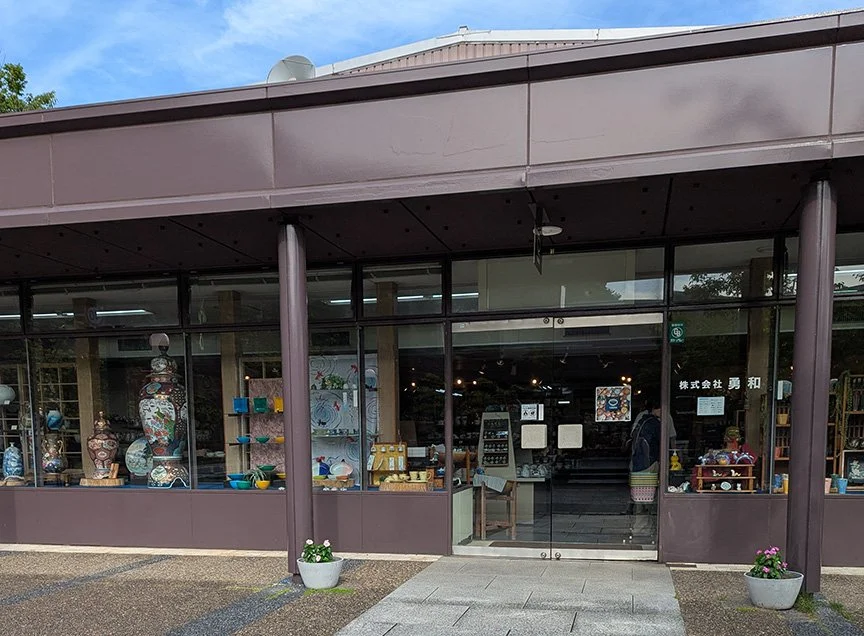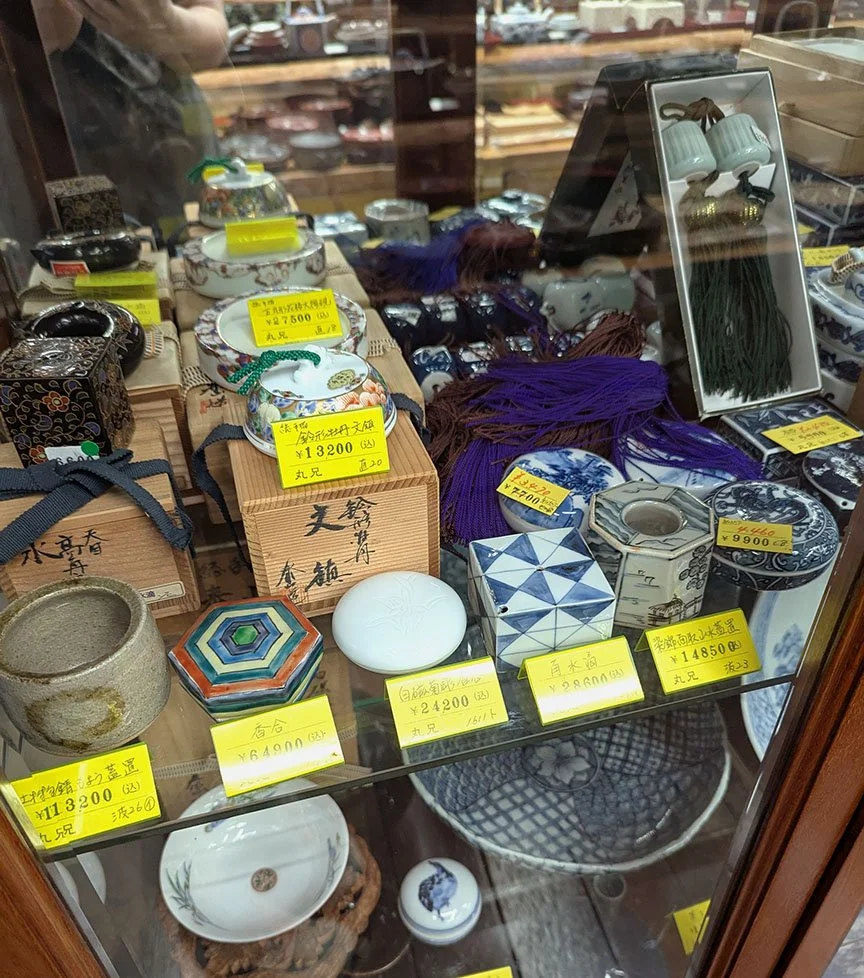In between exhibitions, Morningside board member Mia Sudo generously invited me to stay with her in a townhouse she owns in Fujisawa. This was because my artwork crate shipment from Nezu Memorial Museum to Kansai Gaidai University takes a few days in transit!
While in Fujisawa, Mia accompanied me to Kamakura and we scoped out Enoshima Island and the Enoshima Aquarium for my visit the following day too. In Kamakura, we visited a shrine - and along the path, I learned of a type of craft called Kamakura-bori (鎌倉彫) so we popped into a number of galleries and stores displaying this form of lacquerware.
Traditionally, wood from the katsura tree (Cercidiphyllum japonicum) is carved and then coated in urushi sap in stages. In the beginning, this art form was influenced by imported Chinese lacquerware and other woods were used, but katsura proved to be the best available substrate. The price point of these pieces was high, which makes sense; urushi lacquer is difficult to use for a variety of reasons. The most notable feature of these pieces of lacquerware, aside from their iconic appearance and process, is how lightweight they are!
I really enjoyed visiting Enoshima Aquarium - some of my favorite exhibits were the cuttlefish and squid, the clione “sea angel,” and the jellies. I decided to buy a small stuffed souvenir, but this shop had a carnival-game twist - you have to prepay a set amount and then draw a ticket out of a “lottery” tumbler machine, which provides a number that corresponds to four different sizes. I won a size up from the smallest size, and I genuinely had to think if I wanted to swap back down despite my luck as I’d intended to buy the smallest one, but then I realized that I was going to be acquiring some fragile ceramics and other artwork in the next few weeks and having more lightweight padding should be a feature, so I accepted my scaled-up souvenir.
I then visited Enoshima Island (and my Japanese studies have taught me that “shima” is the word for “island,” meaning all English names for islands in Japan that end in -shima are redundant in the “ATM machine” sense). I’d read online that Enoshima was a cool place to visit and had natural caves to explore so it seemed worth checking out. In hindsight, though, I found the experience underwhelming. The main path through Enoshima has a commercialized and overly-developed feel, and much of the natural environment, including the caves, has been altered. If I hadn’t gone, I’d have felt like I was missing out given the reviews I’d read - but having been, I wouldn’t recommend it over other possible destinations.
Mia hosted me for dinner one night and we went out to eat several other times. One afternoon, she showed me part of a televised sumo tournament, which I found far more interesting than I expected! I didn’t previously know how fast each bout is; they’re over in seconds.
After three nights in Fujisawa, Mia and I set off for Kansai Gaidai University!


